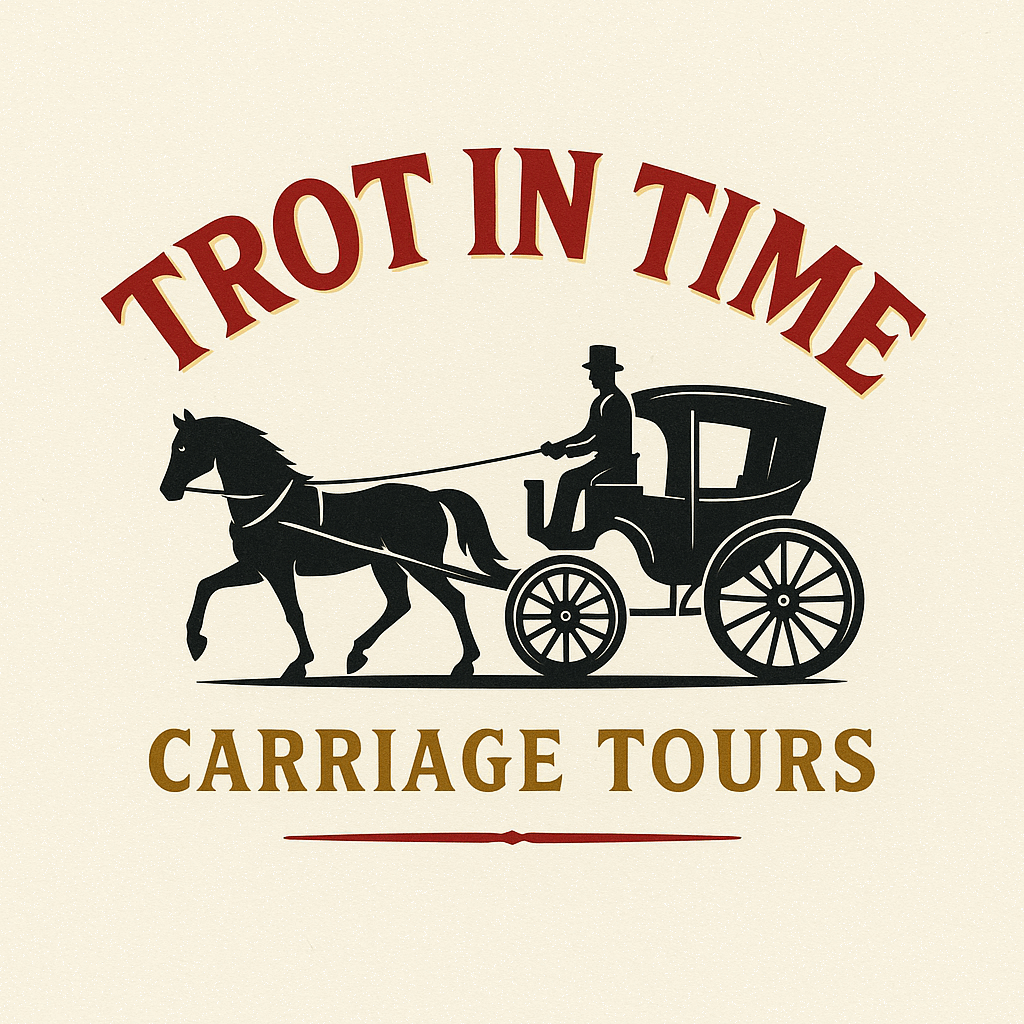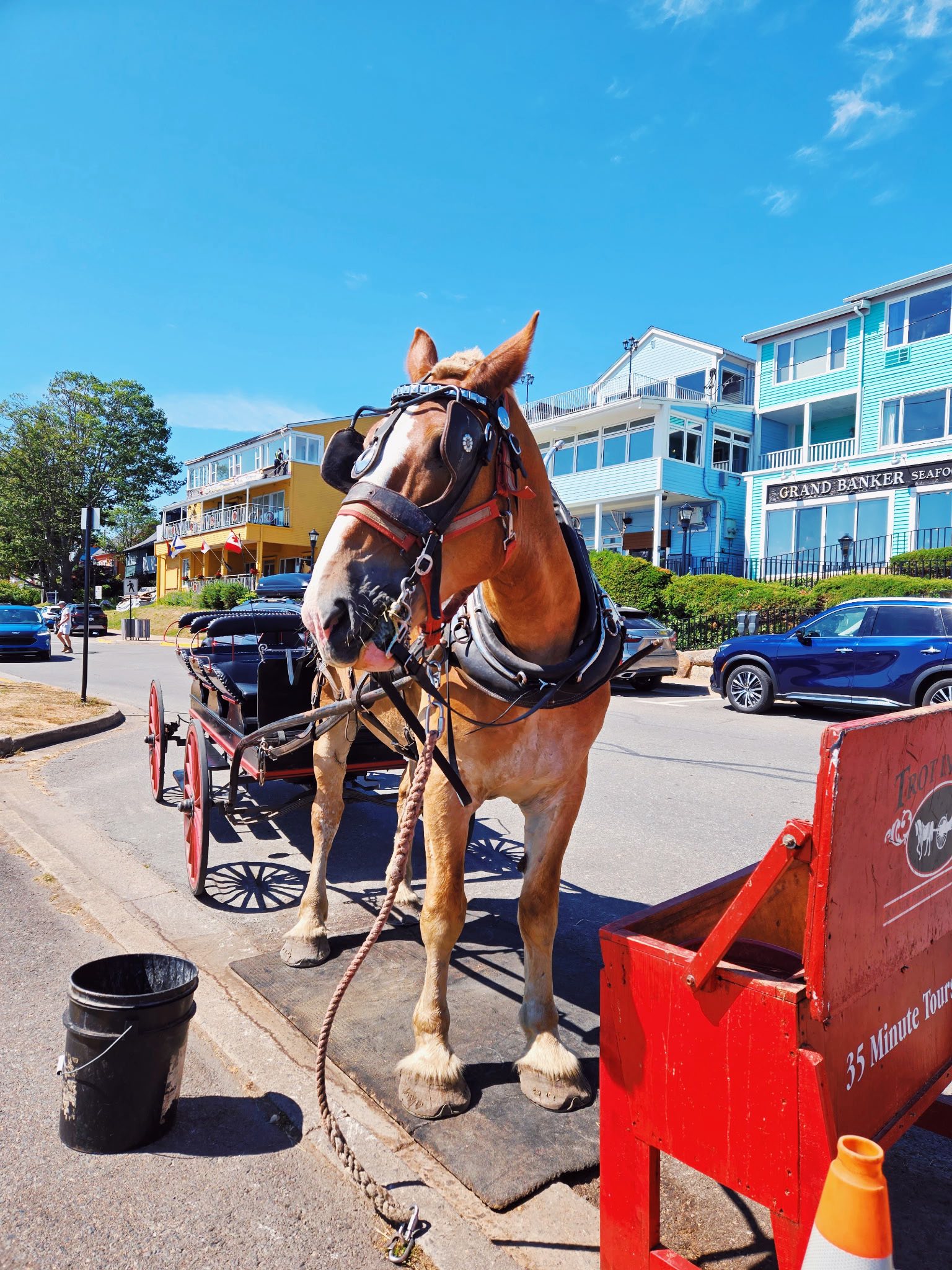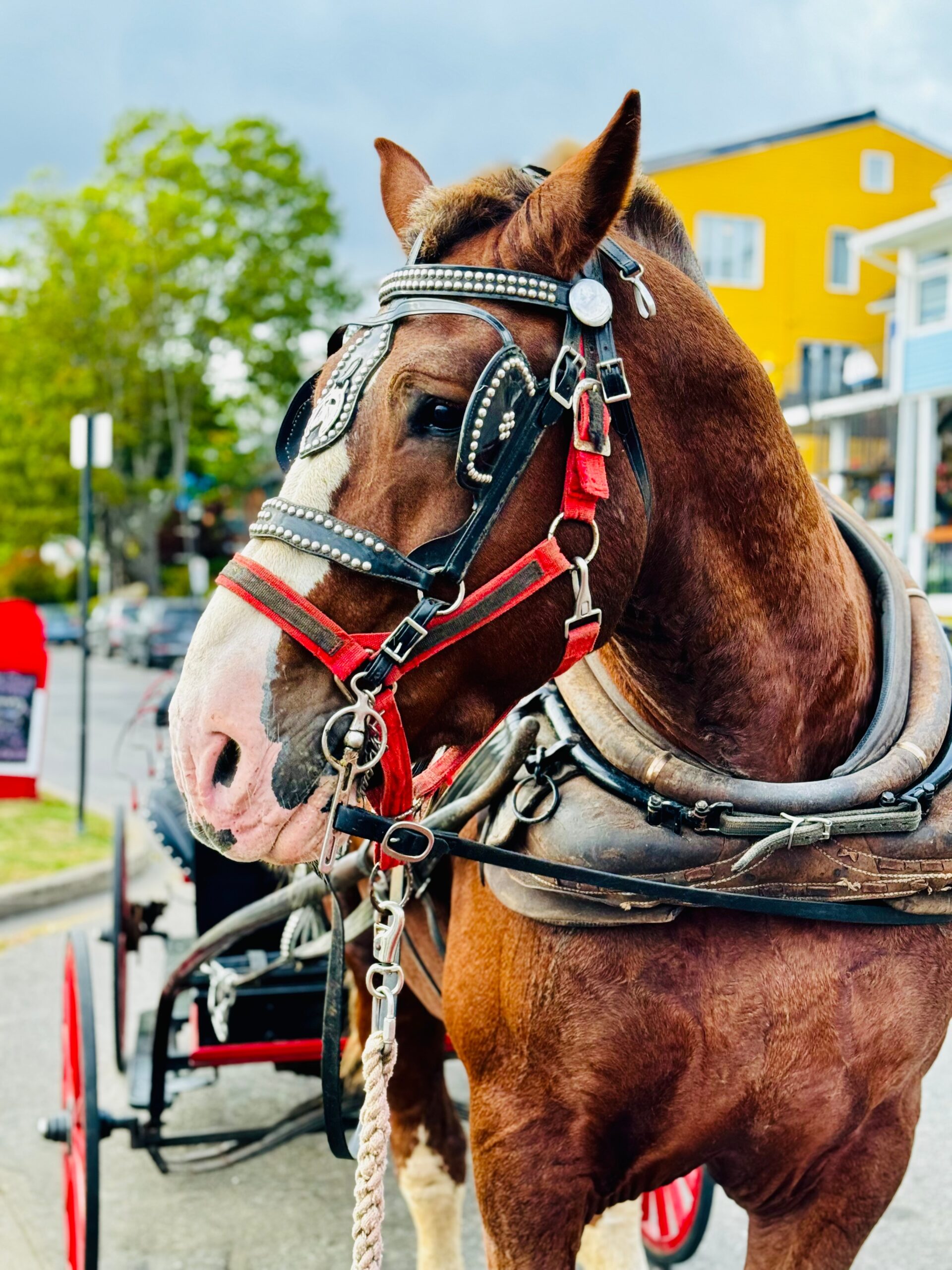For centuries, the draft horse was an irreplaceable force, powering farms, logging operations, and building the very infrastructure of our towns and cities. Their strength and stamina made them the backbone of North American agriculture and industry. In Canada, for example, horse populations soared to over one million in Saskatchewan by 1930. In the Maritimes—Nova Scotia, New Brunswick, and Prince Edward Island—drafts once numbered over half a million in the 1970s, but now, fewer than 2,500 remain in the whole region.
The Jobs Disappeared—And So Did They
Draft horses were bred for work. Stripped of their jobs—on fields, in towns, and in construction—their populations shrank not from lack of utility, but from loss of purpose. Where their labour was replaced by carbon-fueled engines, the need to breed and care for draft horses vanished almost overnight. This left only a scattering of enthusiasts, breeders, and certain cultural communities to keep these breeds alive. In contrast, where horses are still used—on Amish and Mennonite farms, in selective logging, for tourism, and some ranching—their numbers are proportionally robust.
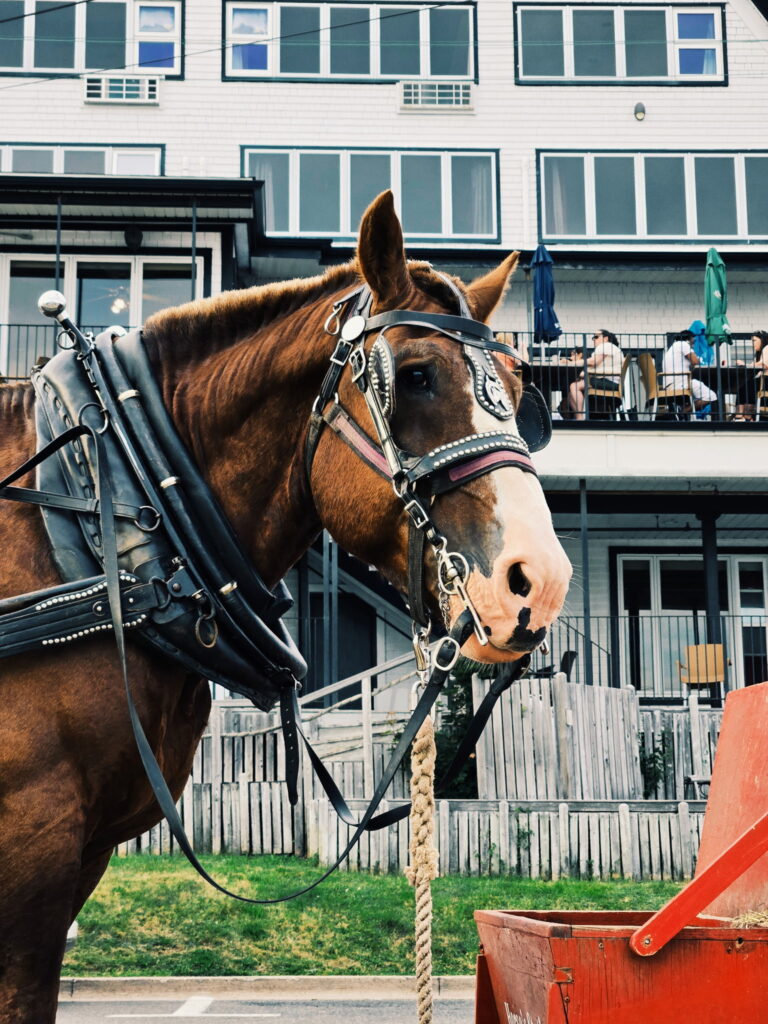
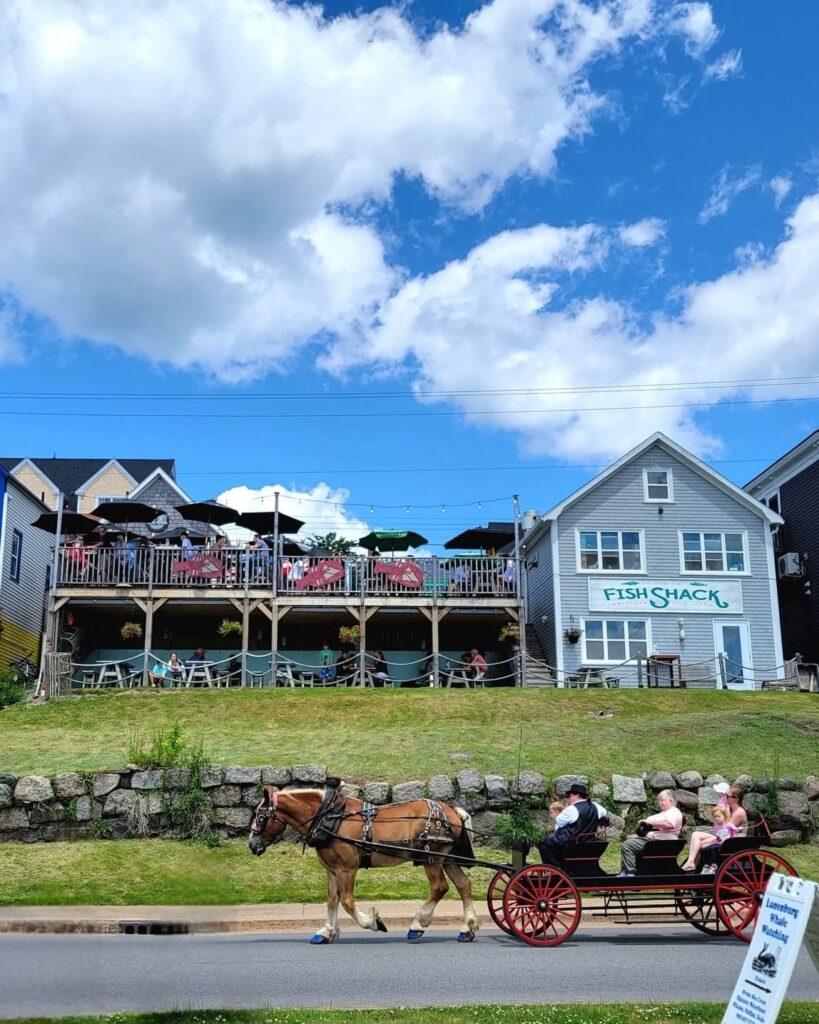
Work and Breed Survival: The Vital Connection
Having a job gives a draft horse a reason to exist. Their presence on farms, in forestry, or even in tourism not only justifies the high cost of care, it perpetuates healthy breeding populations and preserves specialized knowledge. In areas where they are valued for work, draft horse numbers remain viable and their breeds are safeguarded.
The Decline of Draft Horses and Breed Survival
Mechanization caused sharp, almost immediate declines in draft horse populations across North America. Let’s look at some of the figures:
- At its peak around 1920, there were about 26 million horses and mules in the US.
- In Saskatchewan, draft horse numbers dropped from over a million in 1930 to fewer than 304,000 by 1951.
- In Nova Scotia and the broader Maritimes, over half a million workhorses existed in the 1970s—now, that number is closer to 2,500.
- Canadian equine census numbers dropped from 460,569 horses on farms in 2001 to just 183,733 in 2021.
- Draft horses now make up less than 5% of the national herd, and most live where tangible jobs remain.
Key Effects on Breed Survival
- Reduced Breeding Populations: With dwindling usefulness, fewer draft horses were bred—shrinking genetic pools and risking long-term viability.
- Endangered Status: Major breeds such as the Percheron (Canadian registrations down 64% since 2002) and Clydesdale (down 30%) are at risk; the American Cream Draft is considered “critical/nearly extinct,” with only a few hundred globally.
- Genetic Bottlenecks: Small populations mean related animals are bred, which heightens health and fertility issues.
- Economic and Practical Barriers: The high cost of caring for large horses means only the most dedicated or those with horses at work can sustain them.
- Niche Survival: Where horses still have jobs—Amish/Mennonite farms, heritage and tourism operations—breed viability and genetic diversity are much stronger.
Draft Breeds in North America: Numbers and Trends
- Belgian: Still the most numerous draft breed in North America, but even Belgians are experiencing stagnant or shrinking foal crops.
- Percheron: Canadian registrations fell by 64% between 2002 and 2018.
- Clydesdale: Canadian registrations down 30% in the same period, with vulnerable status.
- American Cream Draft: Fewer than 400 worldwide.
- Canadian Horse: A breed with deep roots in Atlantic Canada and Quebec; though once near extinction, only about 6,300 are registered in 2024, still well below what’s needed for genetic security.
Genetic Diversity and Threat Levels
Breed health relies on diversity; as numbers drop, inbreeding and genetic disease rise. Conservation organizations list draft breeds as follows:
- Critical: Fewer than 200 annual registrations and/or less than 2,000 animals worldwide.
- Endangered/Vulnerable: Fewer than 1,000 foals or 4,000 animals.
The Importance of Purpose
Draft horses are expensive—even prohibitive—for most recreational horse owners, especially when lighter, more versatile breeds (like Quarter Horses or Arabians) require less feed, lower vet bills, and suit modern riding disciplines. Without practical work justifying the expense, draft breeds fade from the rural landscape and collective memory.
Giving Work, Giving a Future
The breeds that remain viable do so because they are still at work—in selective agriculture, logging, tourism, and living history programs. Work—not nostalgia—keeps their populations sustainable and justifies their considerable care. Supporting jobs for draft horses—through heritage farming, modern logging, or sustainable tourism—preserves heritage, maintains genetic diversity, and allows these irreplaceable animals to continue “earning their keep” and, at the same time, their future.
Our Mission at Trot in Time
Here in the Maritimes, draft horses were once an essential part of daily life, shaping both our working landscape and our history. At Trot in Time, we honour that heritage by giving these remarkable animals what they need most—purpose. We provide them with meaningful work that connects past to present, and we are building the foundation for a sustainable breeding program to help secure their future. In doing so, we give back to the horses who give so much to us, ensuring that their strength, beauty, and legacy endure for generations to come.
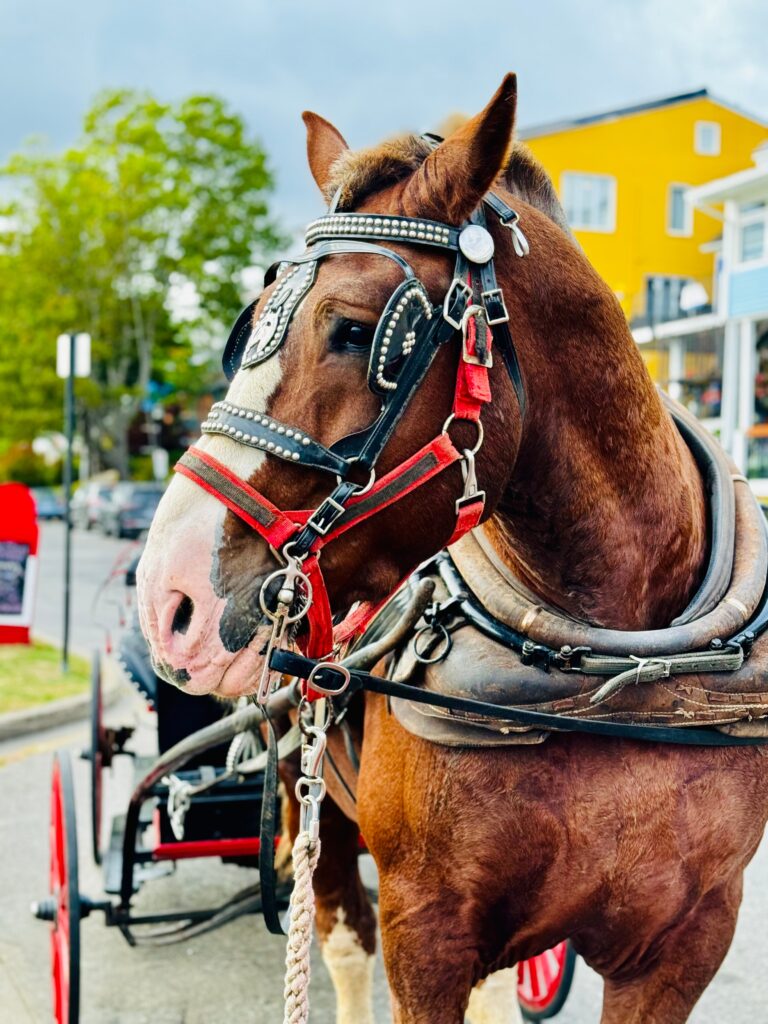
References
- https://www.horsejournals.com/blogs/blog-spotlight-onfavourite-horse-breeds/canadas-heritage-horse-every-new-birth-counts
- https://canadianclydesdales.ca/all-canadian/about-2/
- https://heritagelivestockcanada.com/conservation-list
- https://a-z-animals.com/animals/canadian-horse/
- https://blog.cheshirehorse.com/2024/07/12/horse-breeds-with-dwindling-populations/
- https://madbarn.com/canadian-horse-breed-profile/
- https://chhaps.ca/about-the-breed/
- https://www.cbc.ca/news/canada/nova-scotia/work-horses-in-canada-are-slowly-becoming-a-thing-of-the-past-1.5256856
- https://livestockconservancy.org/canadian-horse-breed/
